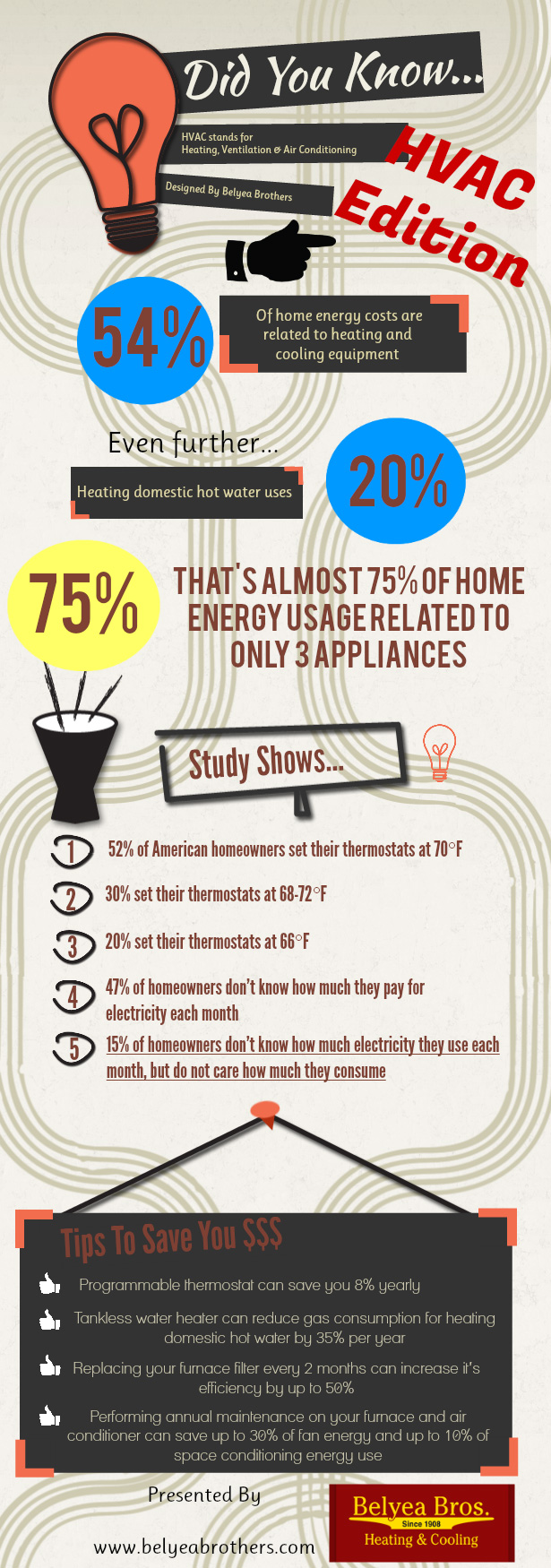The Ultimate Guide To Understanding Heat Pumps - Exactly How Do They Work?
The Ultimate Guide To Understanding Heat Pumps - Exactly How Do They Work?
Blog Article
Developed By- check out this site can save you considerable quantities of money on energy bills. visit the next page can also help in reducing greenhouse gas emissions, specifically if you utilize electrical energy instead of fossil fuels like propane and heating oil or electric-resistance heating systems.
Heatpump function quite the like a/c unit do. This makes them a feasible option to standard electric home furnace.
Exactly how They Work
Heatpump cool homes in the summer and, with a little help from power or gas, they offer some of your home's heating in the winter season. They're an excellent choice for individuals who want to reduce their use fossil fuels however aren't all set to replace their existing heating system and a/c system.
They rely upon the physical truth that even in air that appears as well cool, there's still power present: cozy air is constantly moving, and it wishes to move right into cooler, lower-pressure atmospheres like your home.
The majority of power celebrity accredited heatpump operate at near their heating or cooling capacity throughout most of the year, minimizing on/off biking and conserving energy. For the best efficiency, concentrate on systems with a high SEER and HSPF ranking.
The Compressor
The heart of the heat pump is the compressor, which is also called an air compressor. This mechanical streaming tool utilizes possible power from power creation to increase the pressure of a gas by decreasing its volume. It is various from a pump because it only deals with gases and can not collaborate with liquids, as pumps do.
Atmospheric air enters the compressor with an inlet valve. It travels around vane-mounted arms with self-adjusting size that split the interior of the compressor, creating several tooth cavities of varying size. The blades's spin forces these cavities to move in and out of phase with each other, pressing the air.
The compressor draws in the low-temperature, high-pressure refrigerant vapor from the evaporator and presses it into the hot, pressurized state of a gas. This procedure is duplicated as needed to provide heating or cooling as needed. The compressor also has a desuperheater coil that reuses the waste warmth and includes superheat to the refrigerant, transforming it from its fluid to vapor state.
The Evaporator
The evaporator in heatpump does the same point as it performs in refrigerators and air conditioning unit, transforming liquid cooling agent right into a gaseous vapor that gets rid of warmth from the space. Heatpump systems would certainly not function without this crucial tool.
This part of the system lies inside your home or structure in an interior air handler, which can be either a ducted or ductless unit. It contains an evaporator coil and the compressor that compresses the low-pressure vapor from the evaporator to high pressure gas.
Heatpump absorb ambient warm from the air, and after that use electrical energy to transfer that warm to a home or business in home heating setting. That makes them a great deal a lot more energy effective than electrical heating units or heaters, and since they're making use of clean electrical power from the grid (and not melting gas), they additionally create far less exhausts. That's why heat pumps are such fantastic environmental choices. (And also a massive reason they're becoming so popular.).
The Thermostat.
Heat pumps are excellent choices for homes in cold environments, and you can use them in mix with typical duct-based systems or perhaps go ductless. They're a wonderful different to nonrenewable fuel source heater or traditional electric heaters, and they're much more lasting than oil, gas or nuclear cooling and heating equipment.
Your thermostat is the most crucial part of your heat pump system, and it works extremely in a different way than a traditional thermostat. All mechanical thermostats (all non-electronic ones) work by utilizing substances that transform dimension with increasing temperature, like curled bimetallic strips or the expanding wax in an automobile radiator valve.
These strips consist of two different kinds of metal, and they're bolted with each other to develop a bridge that completes an electrical circuit linked to your heating and cooling system. As https://elliotviufq.liberty-blog.com/29422313/the-future-of-home-heating-exactly-how-heat-pump-innovation-is-evolving gets warmer, one side of the bridge expands faster than the various other, which triggers it to bend and signal that the heater is required. When the heat pump is in heating mode, the reversing valve reverses the circulation of cooling agent, to ensure that the outdoors coil now works as an evaporator and the interior cyndrical tube comes to be a condenser.